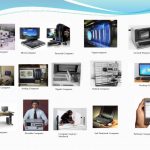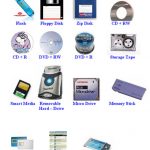The word computer was derived many decades ago. It took a lot of years to reach at this stage of computer. Computer generations are based on when major technological changes occurred in computers. There are five generations of computers explained as under:-
1. First generation of computer (1946-1959)
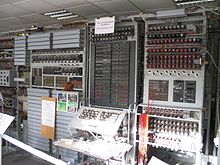
- The period of first generation computers is from 1946 to 1959.
- The first computer was invented by J.P.Eckert and J.W.Mauchy known as ENIAC (Electronic Numeric Integrated And Calculator).
- Technology used in first generation was Vacuum tubes.
- Some of the examples of First generation computers are ENIAC, EDVAC, UNIVAC etc.
Disadvantages of First generation:
- These computers were very big in size and heavy in weight (about 30 tones).
- These computers were very costly.
- Consumed a lot of electricity.
- Very less speed of calculations (milliseconds).
2. Second generation of computers (1959-1965)
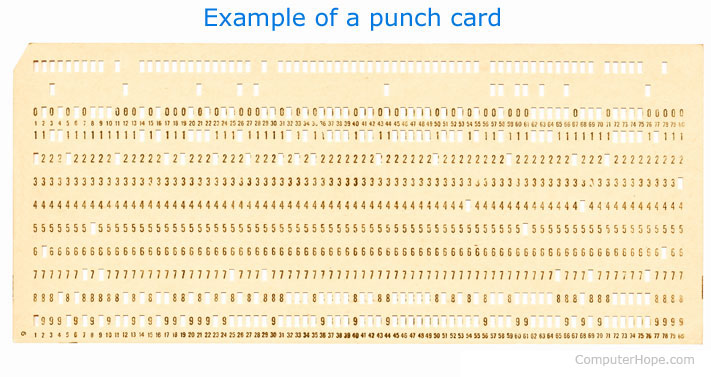
- The period of second generation computers is from 1959 to 1965.
- These computers were based on Transistors technology.
- Assembly language and Punch cards were used for taking input.
- Some of the examples of Second generation computers are Honeywell 400, IBM 7094 etc.
Advantages of Second generation:
- Size of these computers were less as compared to first generation.
- Low cost than first generation.
- Consumed less electricity than first generation.
- Higher speed than first generation. They could calculate in microseconds.
Disadvantages of Second generation:
- A cooling system was required because these computers produced a lot of heat.
- These computers were used only for specific purposes.
3. Third generation of computers (1965-1971)
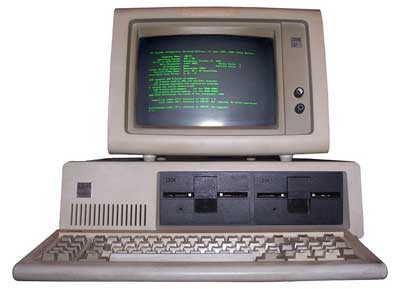
- The period of third generation computers is from 1965 to 1971.
- These computers were based on IC (Integrated Circuits) technology.
- IC was a single component containing number of transistors.
- Mouse and Keyboard were used for taking input.
- Some of the examples of Third generation computers are IBM 360, IBM 370 etc.
Advantages of Third generation:
- Because of IC technology, these computers were very less in size as compared to second generation computers.
- Third generation computers were cheap as compared to second generation.
- The speed of calculation is high and these could calculate in nanoseconds.
- These computers used Operating System for better efficiency.
Disadvantages of Third generation:
- IC chips are difficult to maintain.
- Air conditioning is required.
4. Fourth generation of computers (1971-1980)
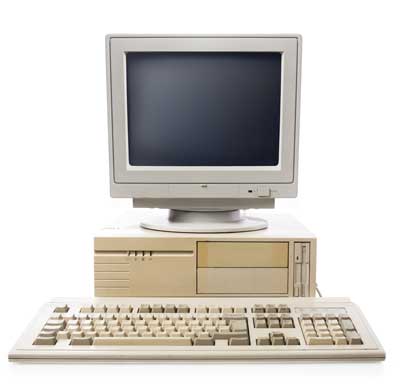
- The period of fourth generation computers is from 1971 to 1980.
- These computers were based on Microprocessor (CPU) technology.
- Some of the examples of Fourth generation computers are IBM 4341 etc.
Advantages of Fourth generation:
- Small in size as compared to third generation computers.
- Fastest in speed.
- Heat generated is negligible.
5. Fifth generation of computers (1980-Present)
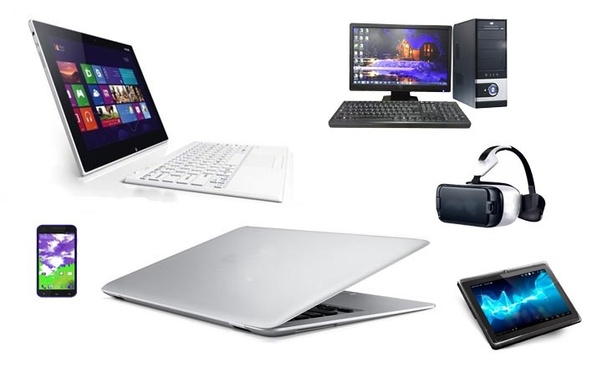
- The period of fifth generation computers is from 1980 to present.
- These computers are based on Artificial Intelligence(AI) technology.
- Some of the examples of Fourth generation computers are Desktop, Laptop, tablet etc.
Advantages of Fifth generation:
- These computers are fastest in calculations.
- These are very user-friendly computers.
For more Computer Basics articles click here.
